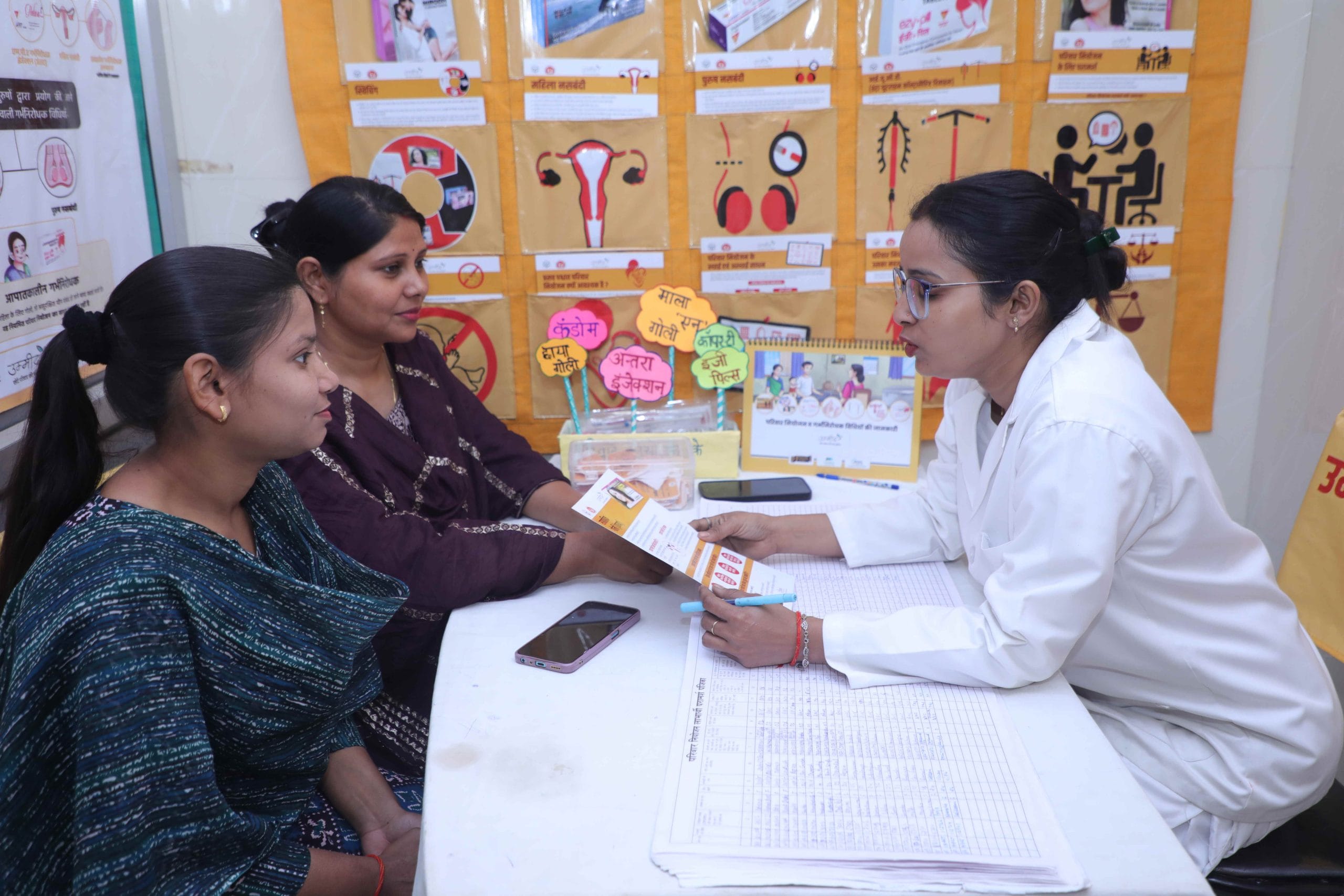This week on our #MyBodyMyMethod campaign with Find My Method, we are talking about the unequal burden of contraception. While the variety of contraceptive methods do give women agency over their bodies, the fact that they have to often bear the physical, economical and mental burden of contraception alone reveals how men often shirk their responsibility when we talk about contraception. But why does this happen and what can be done to create a more equal responsibility of contraception? Let’s take a look.
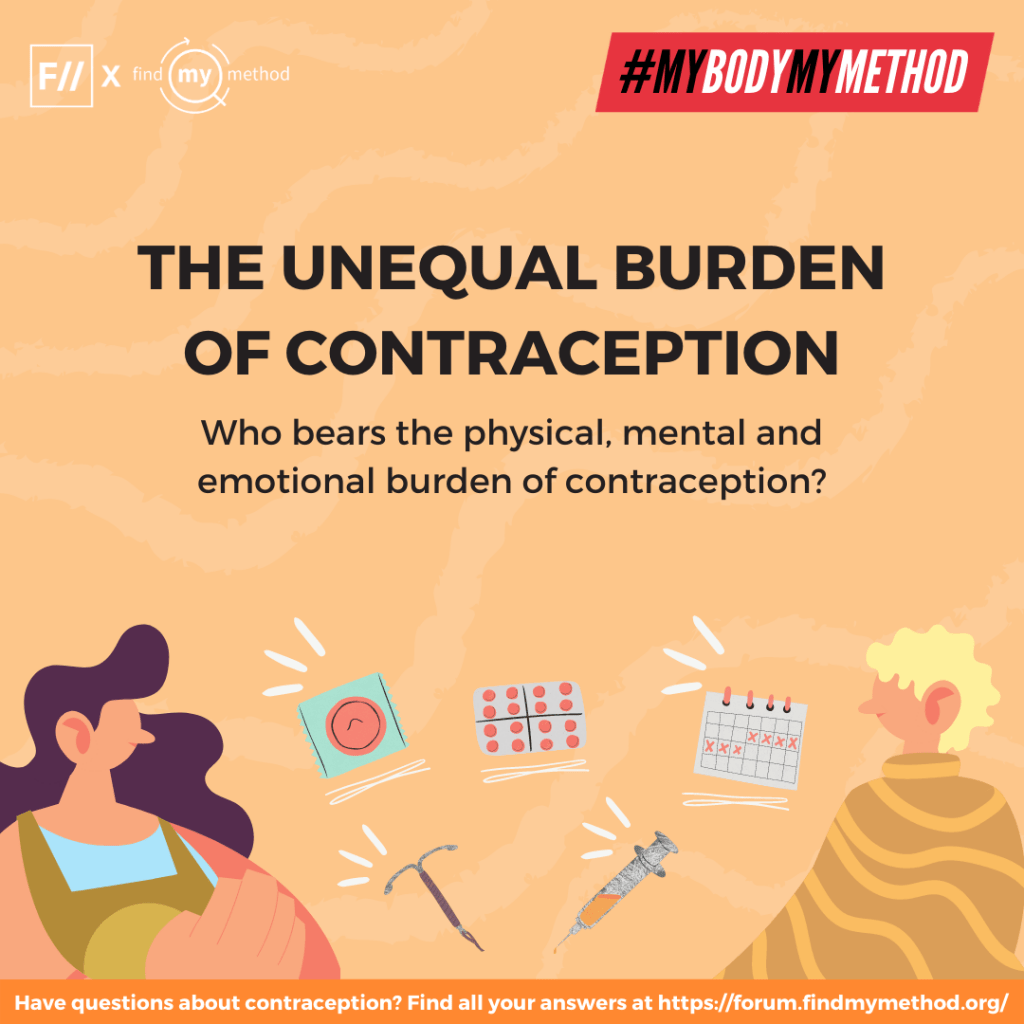
The burden of using and obtaining contraception has always fallen onto women. Be it the variety of contraceptive methods catering to women, to the reluctance of men using contraceptives, to the State’s family planning initiatives – contraception has seem to become a ‘woman’s problem’.

The findings of a study that analysed data from National Family Health Survey 3 & 4 (NFHS-3, NFHS-4) had shown that Indian men didn’t take equal responsibility of family planning. It also revealed that the uptake of male contraception methods remains significantly low in the country.

Also read: Unavailability Of Emergency Contraceptive Pills As Policing Of Women’s Bodies
Scientific as well as social efforts to promote contraception use have historically too, primarily focused on contraception methods that can be used by women. While the development of male birth control pills or shots are underway, clinical trials have often been stopped midway.
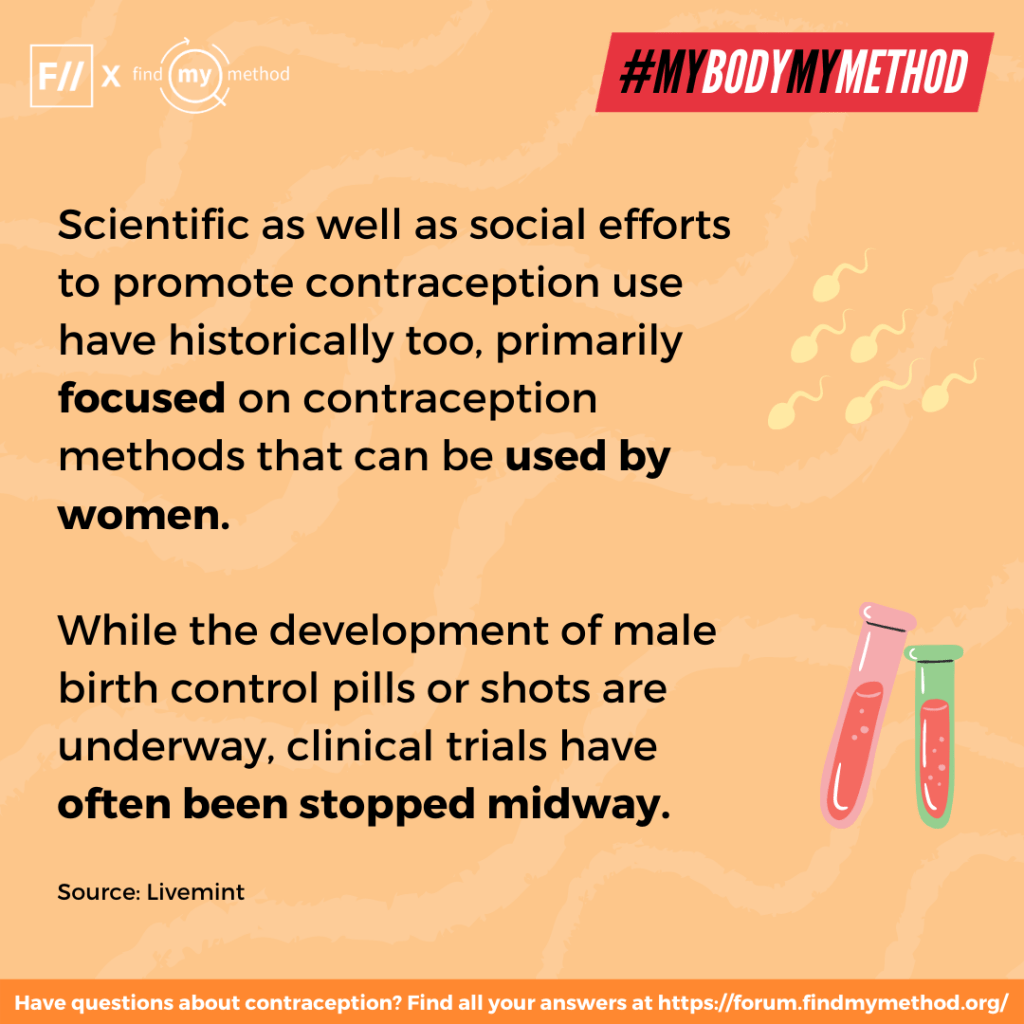
Condoms and vasectomies are two existing contraceptive methods that can be opted by men. Condoms additionally offer protection against sexually transmitted infections (STIs). But most men refuse to wear them, owing to myths related to condoms reducing pleasure during sex.
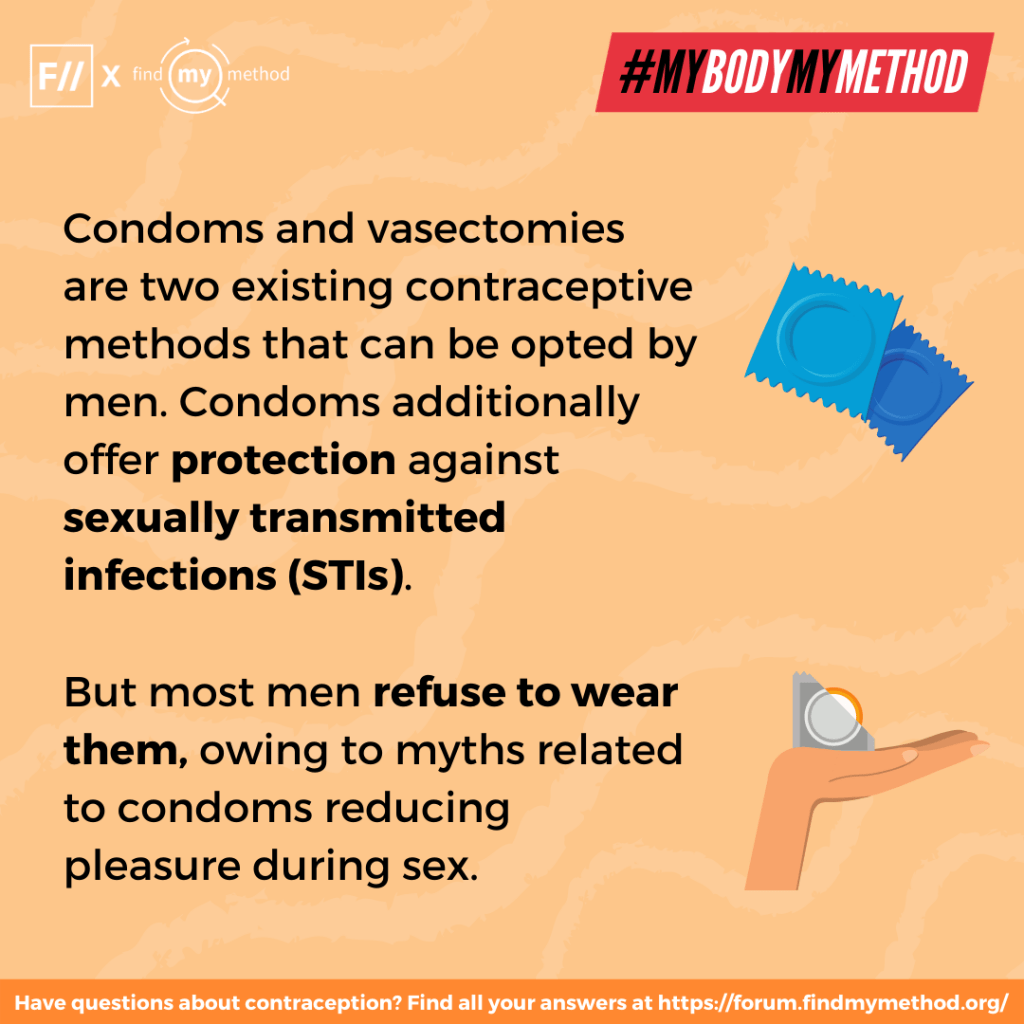
Social and cultural ideas of virility and manhood also act as a deterrent for men using contraception. When talking sterilisation as a contraceptive method in India, it is usually the women who go under the knife and get tubectomies, instead of men getting a vasectomy.
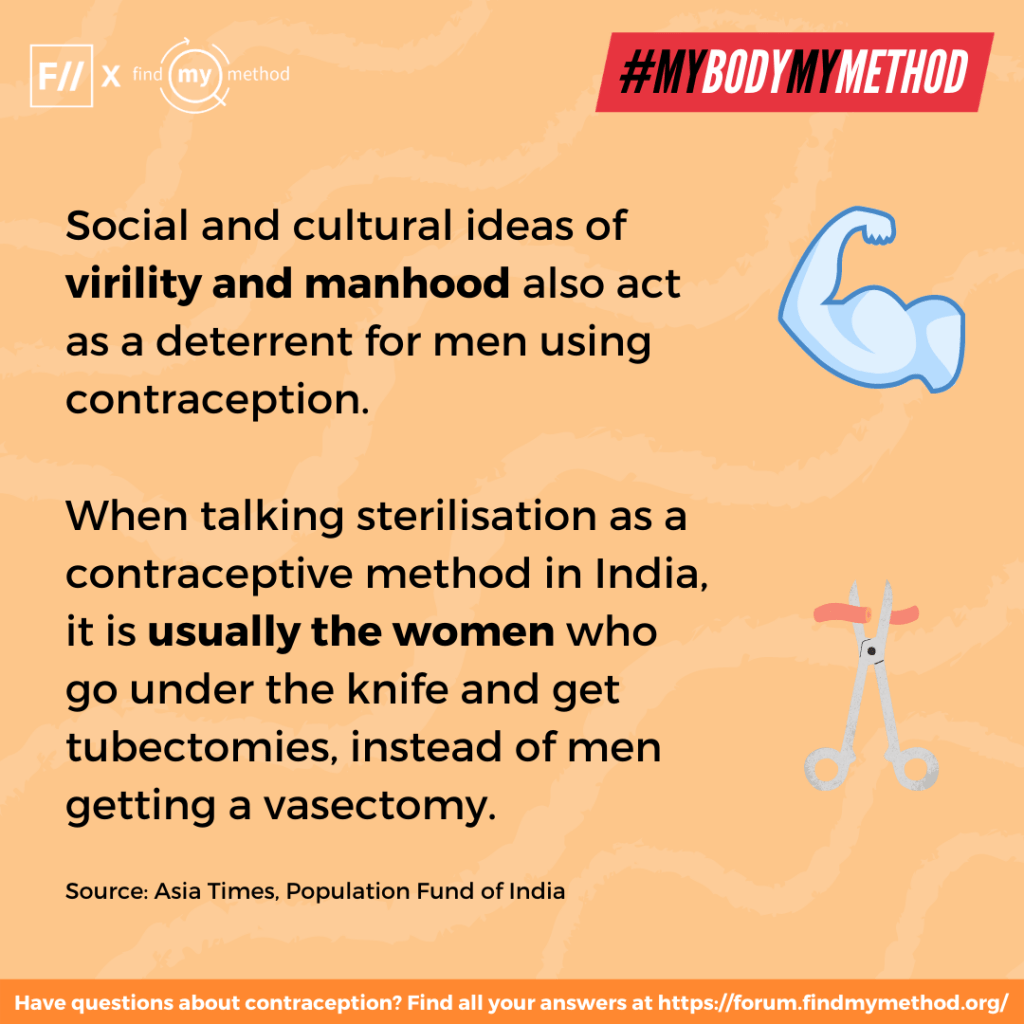
In India, the government’s primary focus on sterilisation as a contraceptive method often brings into question its approach towards contraception. Its history of forced sterilisation of women and the marginalised cannot be ignored. Instead of a rights-based approach, keeping in mind issues like individual agency and health, the government tends to take a problem-solving approach towards family planning.
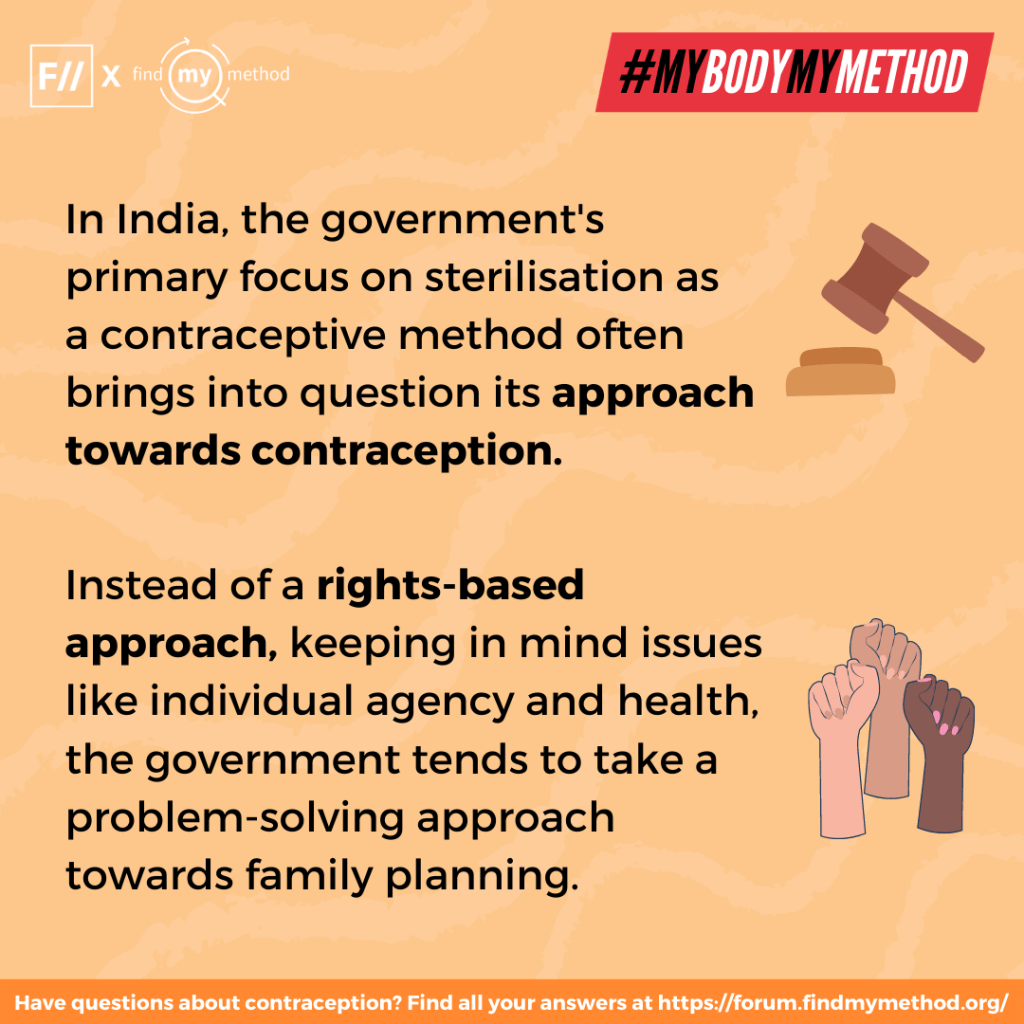
Also read: We Need To Talk About Unsafe Sex And Our Dilemmas Around Using Contraception
While there is a need for more interest in developing male contraceptives, it is also important for men to shoulder the responsibility of contraception meanwhile. Partners need to take equal responsibility of contraception and their reproductive and sexual well being, the onus of which must no longer fall onto women.
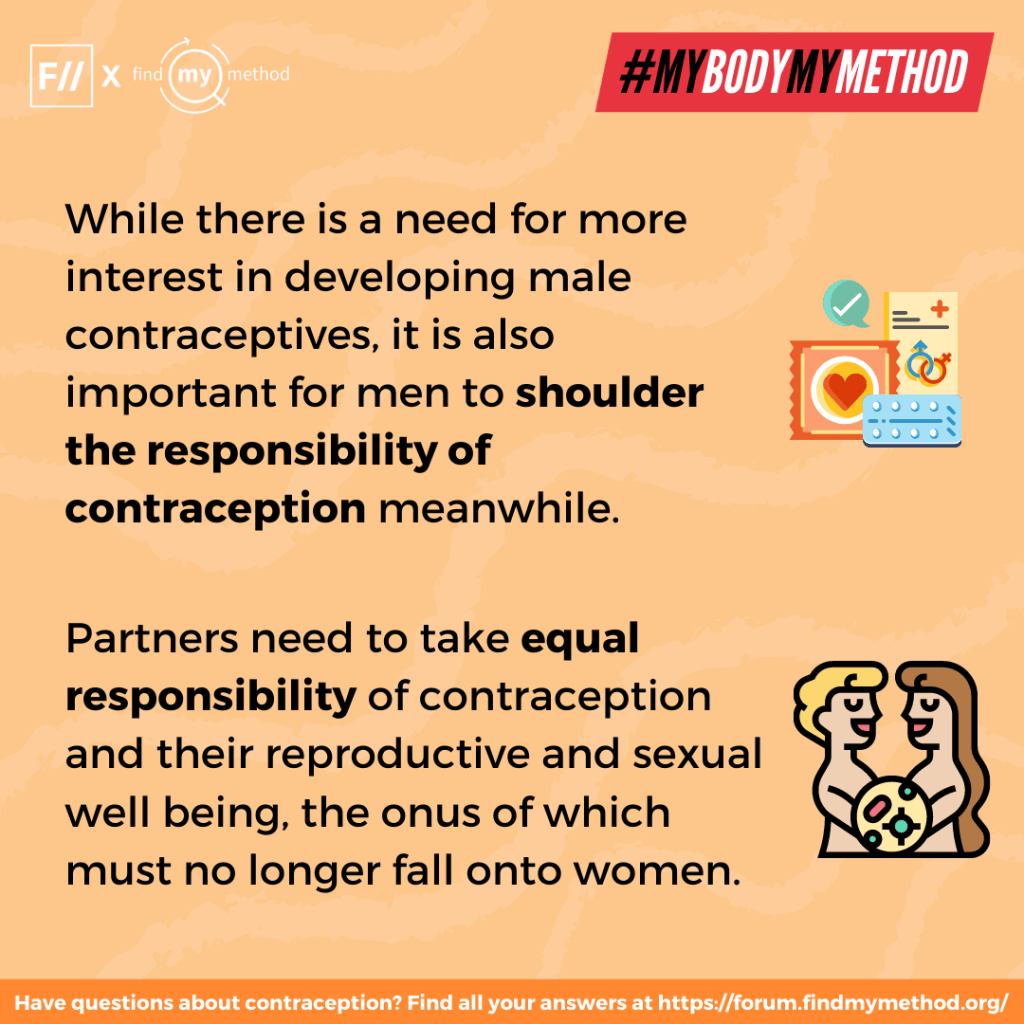
Have questions about sex, pleasure or contraception? Find My Method’s newly launched forum is here for the rescue! On the forum, you can discuss all your questions and concerns about contraception and remain anonymous. With a room for discussion dedicated to users from India, you can ask and share localised information both in English and Hindi. Click here to visit the forum right now!
This article is published as a part of the #MyBodyMyMethod awareness campaign on contraception. Feminism in India and Find My Method will be talking about the various forms of contraception, busting contraception myths and taboo, and much more throughout the month of September, 2020. Find My Method works to provide accurate contraceptive information for a global audience. You can find localised information that is easy to understand, and is globally representative on Find My Method’s website and forum. You can follow them on Twitter, Facebook and Instagram.
About the author(s)
Feminism In India is an award-winning digital intersectional feminist media organisation to learn, educate and develop a feminist sensibility and unravel the F-word among the youth in India.



